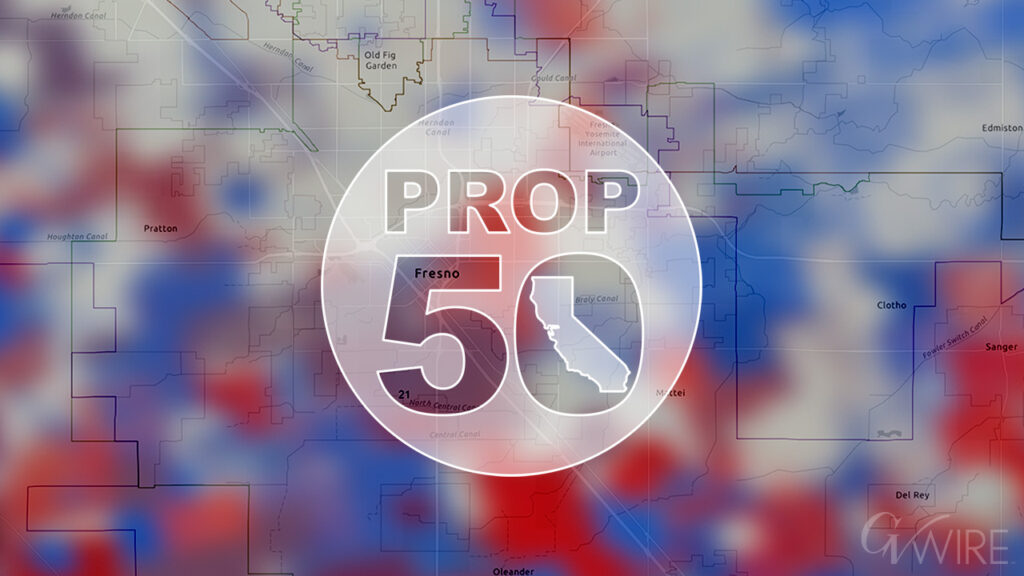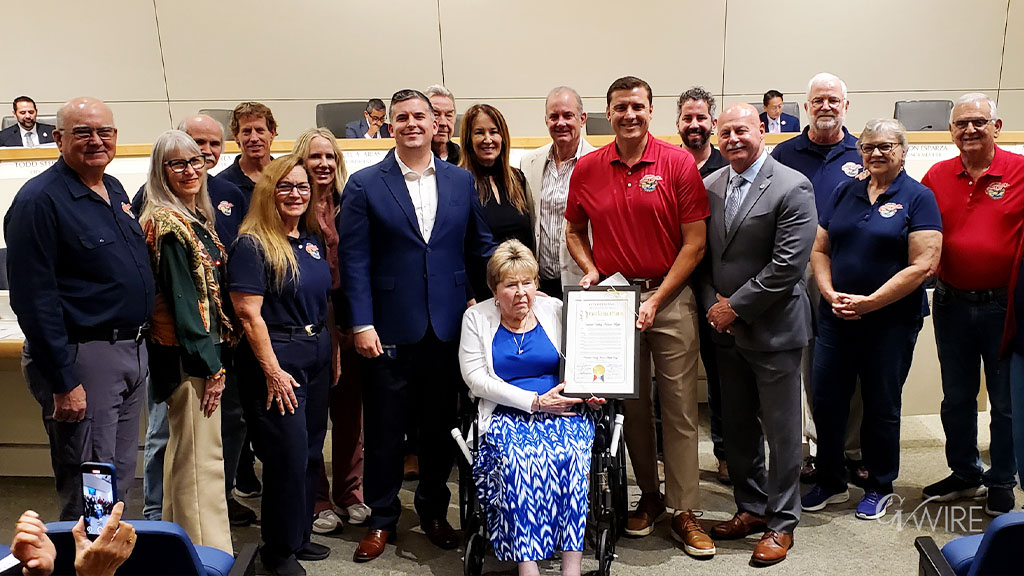Share
The Sierra snowpack is thick and brimming with water content. Rain is drenching California. An estimated 18 trillion gallons of water has fallen on the state in February alone.
Too bad that most of the precipitation that falls in the state’s urban areas is collected in storm drains and sent to the Pacific Ocean.
Trillions of Gallons Flow to the Pacific Ocean
“When you look at the Los Angeles River being between 50% and 70% full during a storm, you realize that more water is running down the river into the ocean than what Los Angeles would use in close to a year,” Mark Gold, associate vice chancellor for environment and sustainability at UCLA, tells The Los Angeles Times. “What a waste of water supply.”
In addition, climatologist Bill Patzert tells the Times that more than 80% of rainfall ends up diverted from urban areas in Southern California into the Pacific.
“All those trillions of gallons of rain, which sound so sweet, really end up in the ocean,” Patzert said. “There are some catchment basins, but it’s been so dramatically dry for the past two decades that it’s not filling them up. Roots and soil are sucking up the water and preventing it from getting to the groundwater basins.”
That makes the southern part of the state much different than parts of central and northern California. Though warm spring temperatures can trigger flooding from the Sierra snowpack, much of the snow melts slowly and the run-off is stored in rivers and reservoirs before being sent to farms and cities. Some of this water, too, recharges aquifers.
Improved Stormwater Capture Would Benefit California
The Pacific Institute, in a 2014 study, estimated that improved stormwater capture in Southern California and the Bay Area could increase the state’s water supply by at least 420,000 acre-feet annually. A typical California household uses between one-half and one acre-foot of water annually.
“It’s the fault of 20th century thinking about water, which was to get rid of stormwater; get rid of wastewater, treat it as a liability,” said Peter Gleick, president emeritus of the Pacific Institute. “That’s the infrastructure we built. We channeled our rivers and we lined them with concrete so we could get rid of water. Now we know (water is) a valuable resource.”
However, the Los Angeles area is getting better at making the most of its rain.
LA Ordinance Requires Some Water Re-use, Recharge
The Times reports that in 2012 leaders passed an ordinance that requires most new developments to collect the runoff from three-quarters of an inch of rainfall and reuse it on-site or let it percolate into the ground.
The Los Angeles Department of Water and Power said it was able to capture about 22 billion gallons of water during the recent storm, which officials said shows progress.
But that’s a drop in the bucket compared to the amount of water that the Metropolitan Water District of Southern California imports from the Sacramento and San Joaquin rivers through the State Water Project and the Colorado River via the Colorado River Aqueduct.
Metropolitan, which provides water to 19 million people, imports an average of 1.2 million acre-feet annually via the State Water Project. The Colorado River Aqueduct, which was built and is operated by Metropolitan, has an annual delivery capacity of 1.2 million acre-feet.
Categories

Takeaways From US Election Night 2025


















